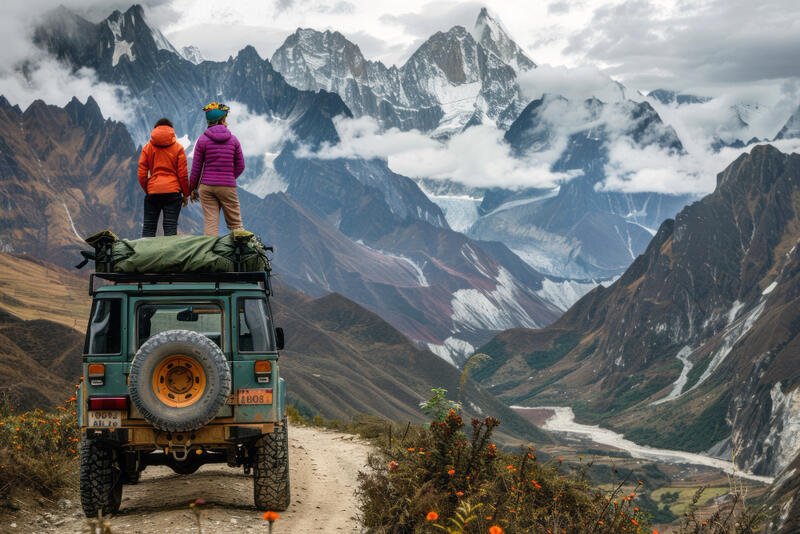Adventure tourism has been growing rapidly in recent years, with more and more travelers seeking out thrilling and unique experiences around the world. According to a new report by Market Research Future, the adventure tourism market is on track to reach a milestone of $2 trillion by 2032, growing at an impressive rate of 19.5% annually.
The rise of adventure tourism can be attributed to a number of factors, including a growing interest in experiential travel, a desire for authentic and immersive experiences, and a shift towards sustainable and responsible tourism practices. Adventure tourists are seeking out activities such as hiking, biking, rock climbing, surfing, and wildlife safaris, as well as more extreme pursuits like skydiving, bungee jumping, and white-water rafting.
One of the key drivers of the growth of the adventure tourism market is the rise of millennial and Gen Z travelers, who are more likely to prioritize experiences over material possessions. These younger generations are seeking out unique and off-the-beaten-path experiences that allow them to connect with nature, local cultures, and fellow travelers.
Another factor contributing to the growth of adventure tourism is the increasing accessibility of remote and exotic locations. Advances in transportation and technology have made it easier for travelers to reach far-flung destinations, opening up new opportunities for adventure tourism operators to offer unique and exciting experiences.
The COVID-19 pandemic has also had an impact on the adventure tourism market, with many travelers seeking out outdoor and nature-based activities as a safe and socially distanced way to explore the world. As travel restrictions begin to ease and vaccinations become more widespread, the adventure tourism market is expected to rebound quickly and continue its strong growth trajectory.
In order to capitalize on the growing demand for adventure tourism, industry stakeholders will need to focus on sustainability, safety, and authenticity. Travelers are increasingly looking for experiences that are environmentally friendly, socially responsible, and culturally immersive. Adventure tourism operators will need to prioritize sustainable practices, safety protocols, and partnerships with local communities in order to attract and retain customers in this competitive market.
Overall, the future looks bright for the adventure tourism market, with the potential to reach a milestone of $2 trillion by 2032. As travelers continue to seek out unique and exciting experiences, the adventure tourism industry is poised for continued growth and expansion in the years to come.





